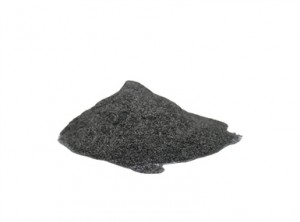Graphite contains certain impurities, so how to measure the carbon content and impurities of flake graphite? For the analysis of trace impurities in flake graphite, the sample is usually ashed or wet digested to remove carbon, the ash is dissolved with acid, and then the impurity content in the solution is determined. Today, editor Furuite Graphite will tell you how the impurities of flake graphite are measured:
The determination method of graphite impurities is ashing method, which has some advantages and some difficulties.
1. Advantages of ashing method.
Ashing method does not need to dissolve ash with ultra-pure acids, thus avoiding the danger of introducing elements to be measured, so it is widely used.
2. The difficulty of ashing method.
It is also very difficult to detect the graphite ash, because it needs high temperature burning to enrich the ash, and at high temperature, the ash will stick to the sample boat and be difficult to separate, which leads to the inability to accurately determine the composition and content of impurities. The existing methods all make use of the characteristic that platinum crucible does not react with acid. The platinum crucible is used to burn flake graphite to enrich ash, and then the sample is directly heated with acid in the crucible to dissolve the sample. The impurity content in the flake graphite can be calculated by measuring the components in the solution. However, this method has some limitations, because flake graphite contains a large amount of carbon, which can make the platinum crucible brittle at high temperature, easily lead to the fracture of the platinum crucible, and the detection cost is very high, so it is difficult to be widely used. Because the conventional method can’t detect the impurity components of flake graphite, it is necessary to improve the detection method.
Post time: Nov-07-2022
